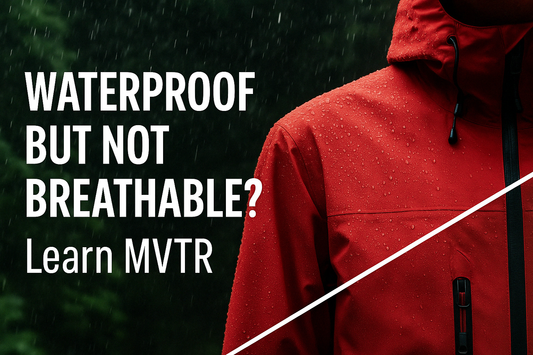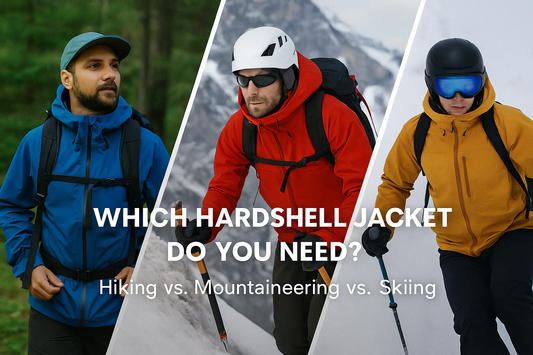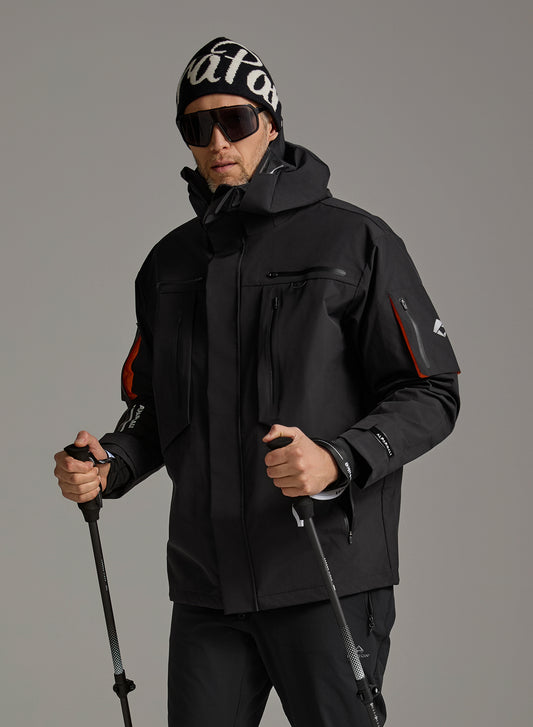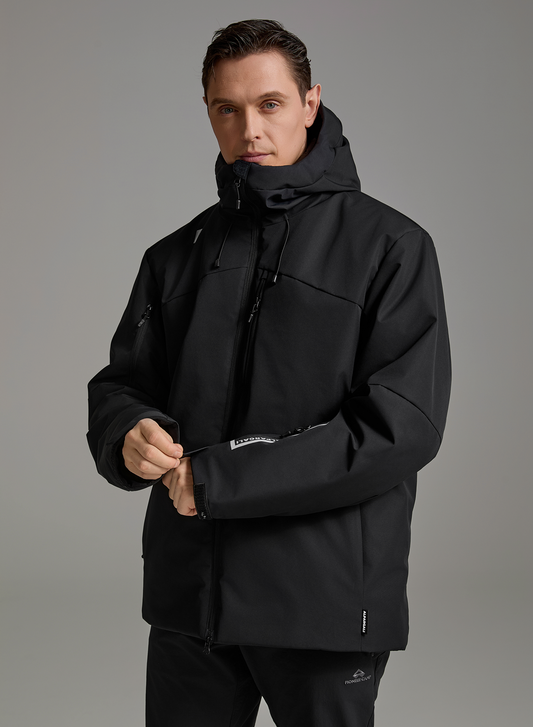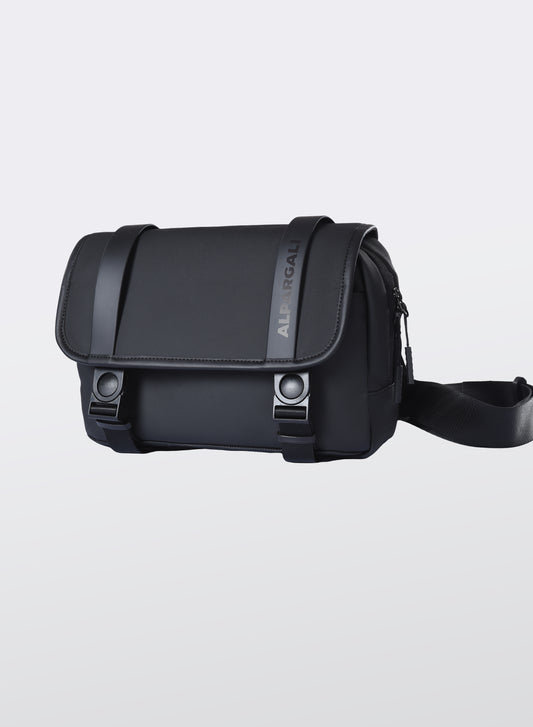
Waterproof vs. Water Repellent Jackets: A Comprehensive Guide to Understanding the Core Differences and Choosing the Right One
Share
In outdoor activities, a shell jacket is an essential piece of gear for protecting against wind and rain. However, many consumers often confuse "waterproof" with "water repellent," leading to awkward situations when the jacket marked as waterproof soaks through in heavy rain. This article provides a professional analysis and practical data to delve into the essential differences between these two, helping you make an informed choice when purchasing a shell jacket.
Water Repellent (WR): Short-Term Protection, Dependent on Surface Treatment
▌Principle and Performance
Water repellent jackets are treated with hydrophobic compounds (such as fluorocarbon-based chemicals) on the outer layer of the fabric, creating a “bed of needles” structure similar to that of a lotus leaf. This design causes water droplets to roll off due to surface tension rather than being absorbed. This technology is commonly found in regular outdoor garments or everyday outerwear.
The primary function is to reduce the fabric's absorption of water, suitable for dealing with light rain or splashes. However, it cannot withstand prolonged rainfall or high-pressure water. Once the water remains on the surface for too long or in large amounts, moisture will eventually seep through.
▌Limitations
- Water repellent performance will gradually diminish with washing, friction, or oil contamination, requiring regular use of water-repellent sprays for maintenance.
- The testing standards are lower, and the water resistance value is usually below 1000mmH₂O, which does not meet the requirements for heavy rain conditions.
Waterproof (WP): A Long-Lasting Barrier, Dependent on Membrane Technology
▌Core Technology
Waterproof jackets use a multi-layer composite structure, with a waterproof and breathable membrane (such as GORE-TEX or eVent) at the core. These membranes use micropores (PTFE) or non-porous hydrophilic materials (such as SympaTex®) to block water molecules while allowing water vapor to escape, achieving the "waterproof and breathable" effect.
The seams are treated with tape sealing to ensure no leaks. High-end waterproof jackets typically have a water resistance value exceeding 3000mmH₂O, making them capable of withstanding prolonged heavy rain.
▌Performance Advantages
- Waterproofing is durable and stable, and not easily compromised by washing or wear.
- Breathability is superior, for example, eVent fabric’s "direct ventilation technology" can rapidly expel moisture, reducing stuffiness.
How to Identify and Choose a Shell Jacket?
▌Look for Labels and Specifications
- Waterproof Certification: Look for the "Waterproof" label and water resistance value (such as ≥3000mmH₂O).
- Breathability Index: For example, 5000g/m²/24hr or higher, ensuring sweat can escape during exercise.
▌Testing Methods
- Water Repellent Test: After pouring water, observe whether the droplets roll off quickly; if the fabric becomes saturated, the protection has failed.
- Waterproof Test: Press a tissue against the inner side of the wet fabric; if the tissue stays dry, it’s truly waterproof.
▌Choose Based on Scenario
- Urban Commuting/Short Hikes: A water repellent shell jacket is lightweight and easy to care for, ideal for light rain.
- Mountaineering/Heavy Rain: Choose professional waterproof fabrics like eVent or GORE-TEX to ensure protection in extreme weather conditions.
Maintenance Tips
- Water Repellent Jacket: Regularly use water repellent sprays and avoid using fabric softeners during machine washing, as they can damage the coating.
- Waterproof Jacket: Hand wash gently or use professional care services, and avoid high-temperature drying to protect the taped seams.
Conclusion
The essential difference between waterproof and water repellent lies in their technological principles and protection strength. If you seek all-weather outdoor protection, a waterproof jacket is a more reliable choice. However, daily water repellent clothing balances convenience and economy. When purchasing, always consider the use case and performance specifications to avoid being misled by "pseudo-waterproof" marketing claims.
